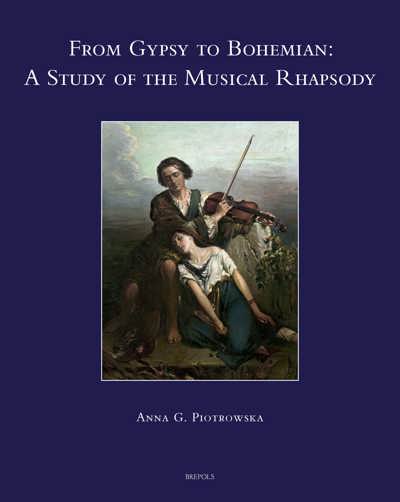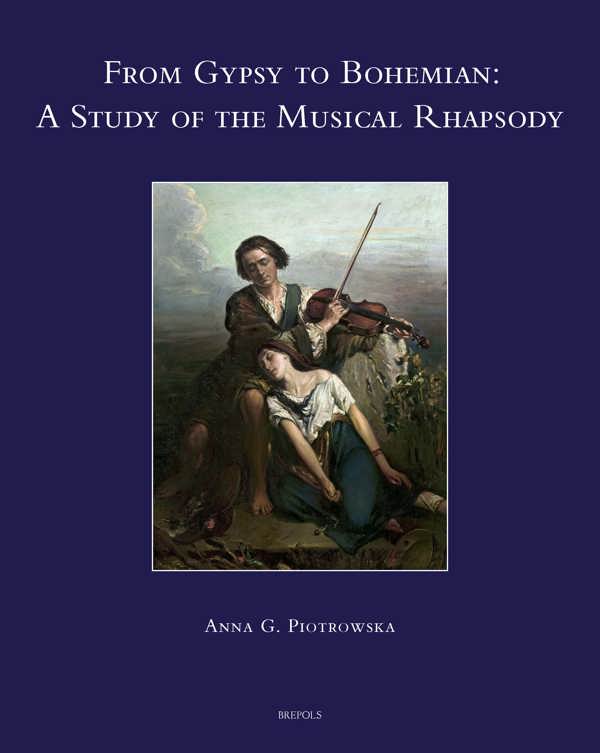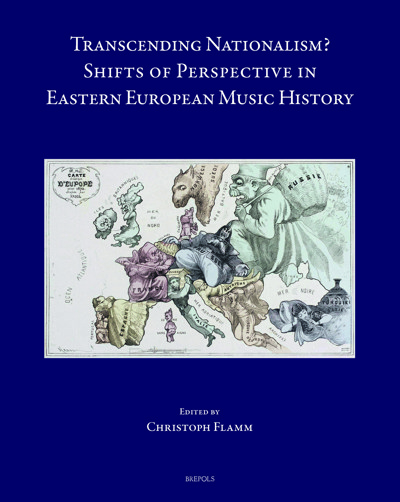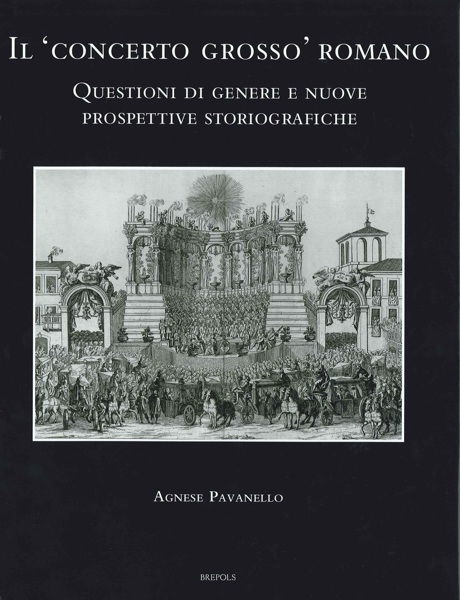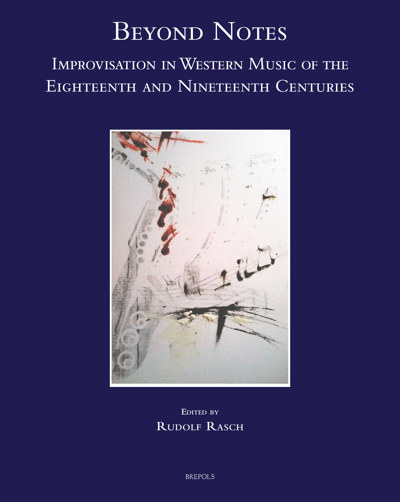
From Gypsy to Bohemian: A Study of the Musical Rhapsody
Anna G. Piotrowska
- Pages: xxii + 247 p.
- Size:210 x 270 mm
- Illustrations:15 b/w, 13 musical examples
- Language(s):English
- Publication Year:2021
- € 115,00 EXCL. VAT RETAIL PRICE
- ISBN: 978-2-503-59487-3
- Hardback
- Available
This monograph investigates the history and the reception of the rhapsody.
Winner of the 2024 triennial Alan Walker Book Award, sponsored by the American Liszt Society.
Anna G. Piotrowska studied musicology at Jagiellonian University and at Durham University. Her research interests focus on the sociological and cultural aspects of musical life. She is the author of Gypsy Music in European Culture (Boston, 2013) and multiple other books, articles and essays. Piotrowska actively participates in international research projects and has held many renowned fellowships. She is currently a Professor of Musicology at the Institute of Musicology, Faculty of History, Jagiellonian University in Kraków, Poland.
This volume examines the concept of rhapsody through a broad lens. Beginning with a discussion of the meaning(s) of the term itself, it then traces the history and reception of the genre and its significance in European culture. It argues for a close relationship between the idea of rhapsody and the concept of Gypsiness by demonstrating that ‘rhapsody’ and ‘Gypsiness’ can be seen as manifestations of the same types of influence and preferences for certain aesthetic categories. The book pays special attention to the seminal role of Franz Liszt in its discussion of the instrumental rhapsody. Ultimately, it reveals the consequences of historiographical representations of the rhapsody (e.g. the ossification of the image of the European Gypsy musician as a bard/rhapsode, the fossilization of presumptions concerning the nature of so-called ‘Gypsies’) as well as unexpected similarities and differences between the rhapsody and the ballad as romantic genres with national implications.
Acknowledgements
Prolegomenon
Chapter One
Gypsy Musicians as Rhapsodes of the Nineteenth Century
Chapter Two
Gypsy Improvisation and the Idea of Rhapsody
Chapter Three
The Gypsy Character of Musical Rhapsody
Chapter Fourth
Gypsy, Hungarian, Romanian … The National Element in Rhapsodies
Chapter Five
Between Rhapsody and Ballad
Postscript: Continuations and Reactivations
Bibliography
Index of Names
